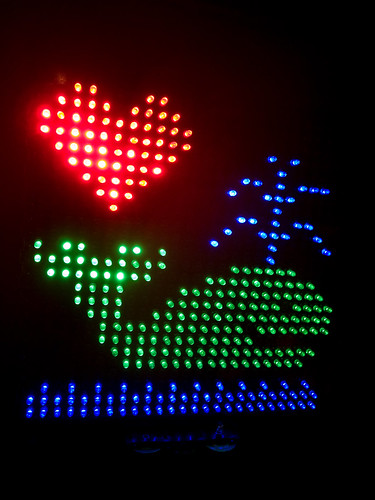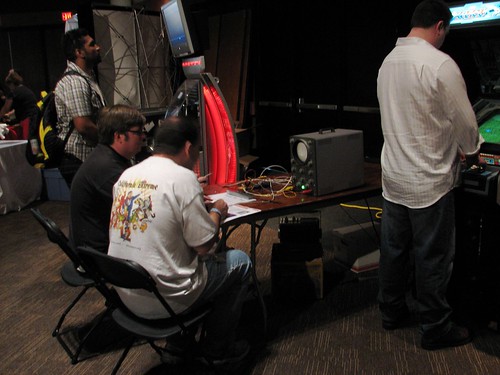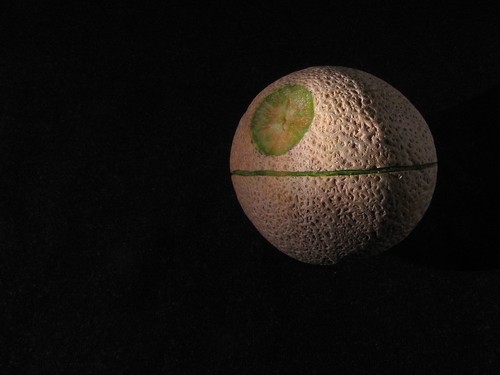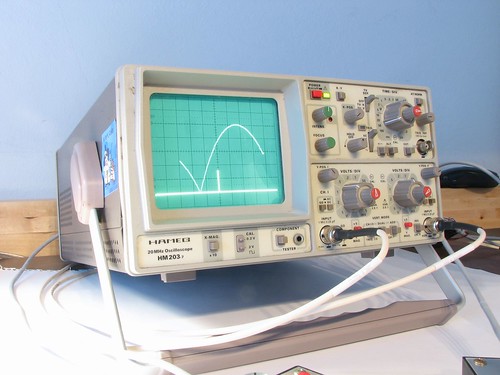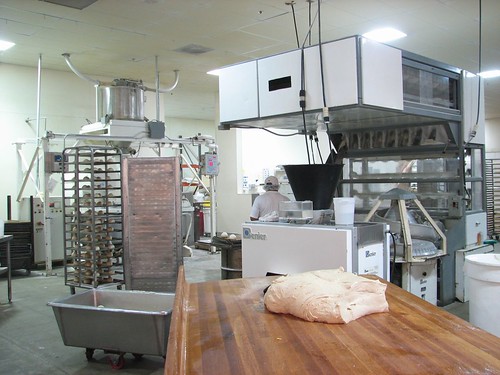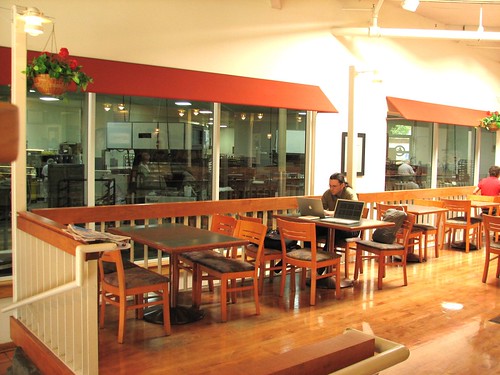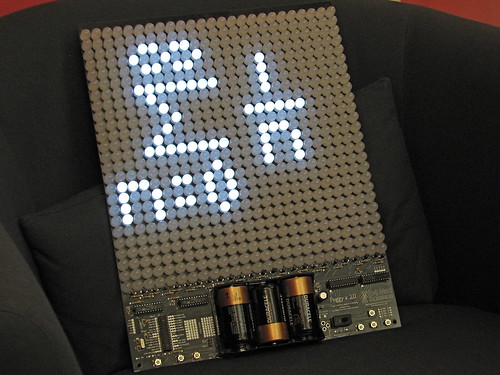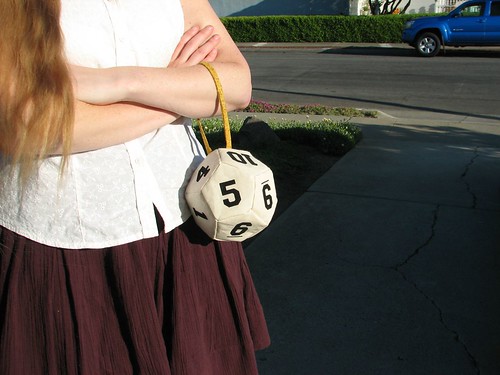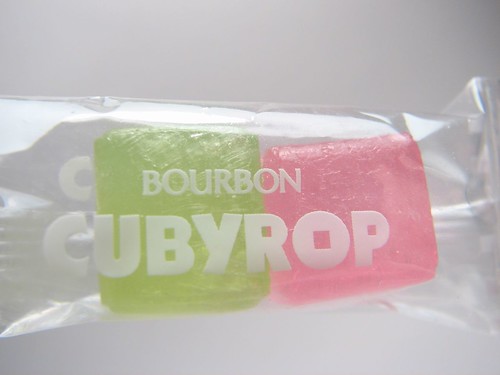
We first discovered Cubyrop via flickr and were smitten, so we put them in an Amazon wishlist. But after more than a year, we happened to just come across a bag of them at Nijiya(a Japanese supermarket) and were thrilled!
 The verdict? Cubyrop are intensely charming — even better in person than they look in the photos. They are hard candy, intensely fruit flavored as only Japanese candies can be. While the name would imply that they are perfect cubes, they are indeed perfect but are not always cubes– the sides vary from 11-13 mm. They come wrapped two to a package, which is just the right amount of sweet and flavor.
The verdict? Cubyrop are intensely charming — even better in person than they look in the photos. They are hard candy, intensely fruit flavored as only Japanese candies can be. While the name would imply that they are perfect cubes, they are indeed perfect but are not always cubes– the sides vary from 11-13 mm. They come wrapped two to a package, which is just the right amount of sweet and flavor.
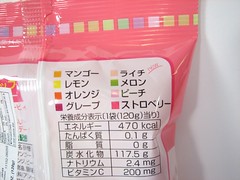
They are color coded:
- Orange = Mango
- Yellow = Lemon
- Orange = Orange
- Dark Pink = Grape
- Super Light Pink = Litchi
- Green = Melon
- Light Pink = Peach
- Medium Pink = Strawberry
Mango and orange are difficult to tell apart visually, but they definitely taste different. Cubyrop also come in a (slightly larger) gummy variety, which also have intense flavoring but are jiggly with a dusting of sour powder. (Note: Some of you who grew up in the same era as us may also have an innate fear of gelatinous cubes.) There is also a variety labeled as throat drops, with some sort of cough-drop powder in the center of the cubes. They taste vaguely medicinal, but are still significantly better than most cough drops.

As with so many Japanese products, presentation is everything. The product shape carries over into the font, and the square color coding for the flavors is listed both in English on the front and in Japanese on the back. Charming, andtasty! What more could you want?




